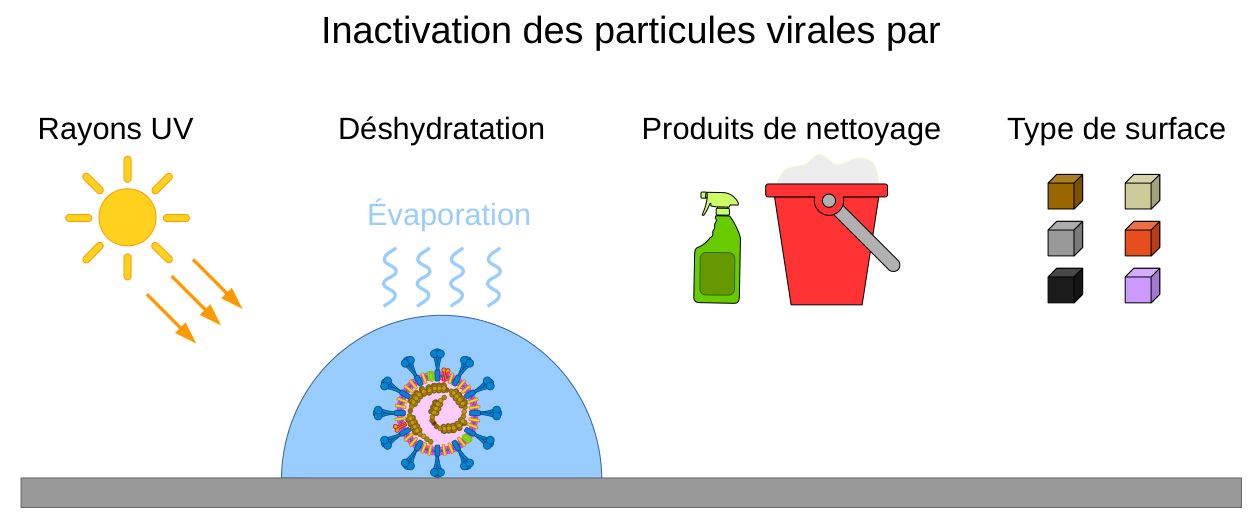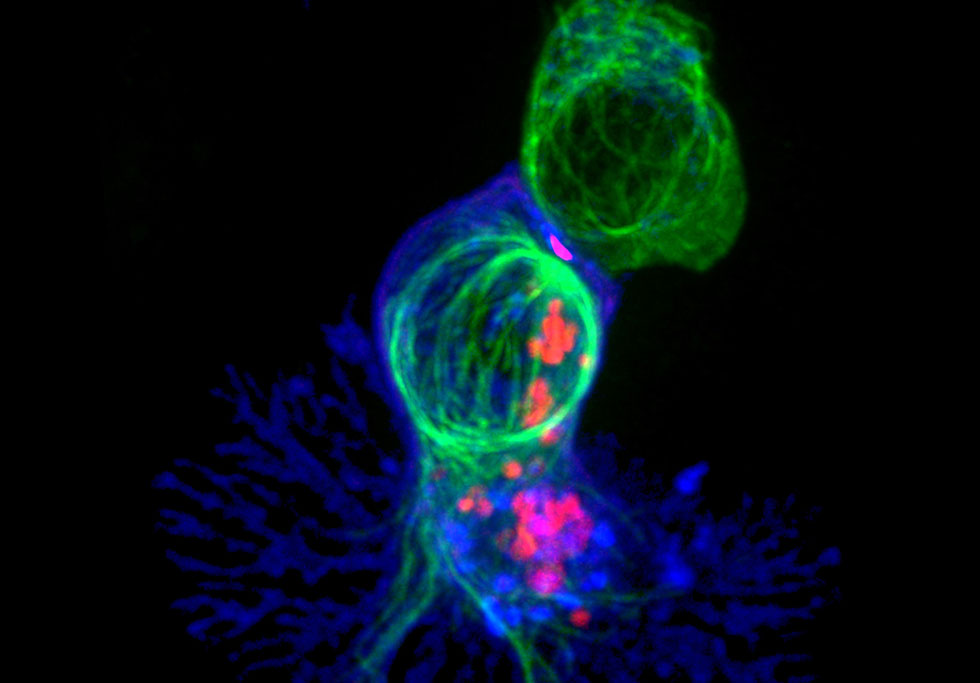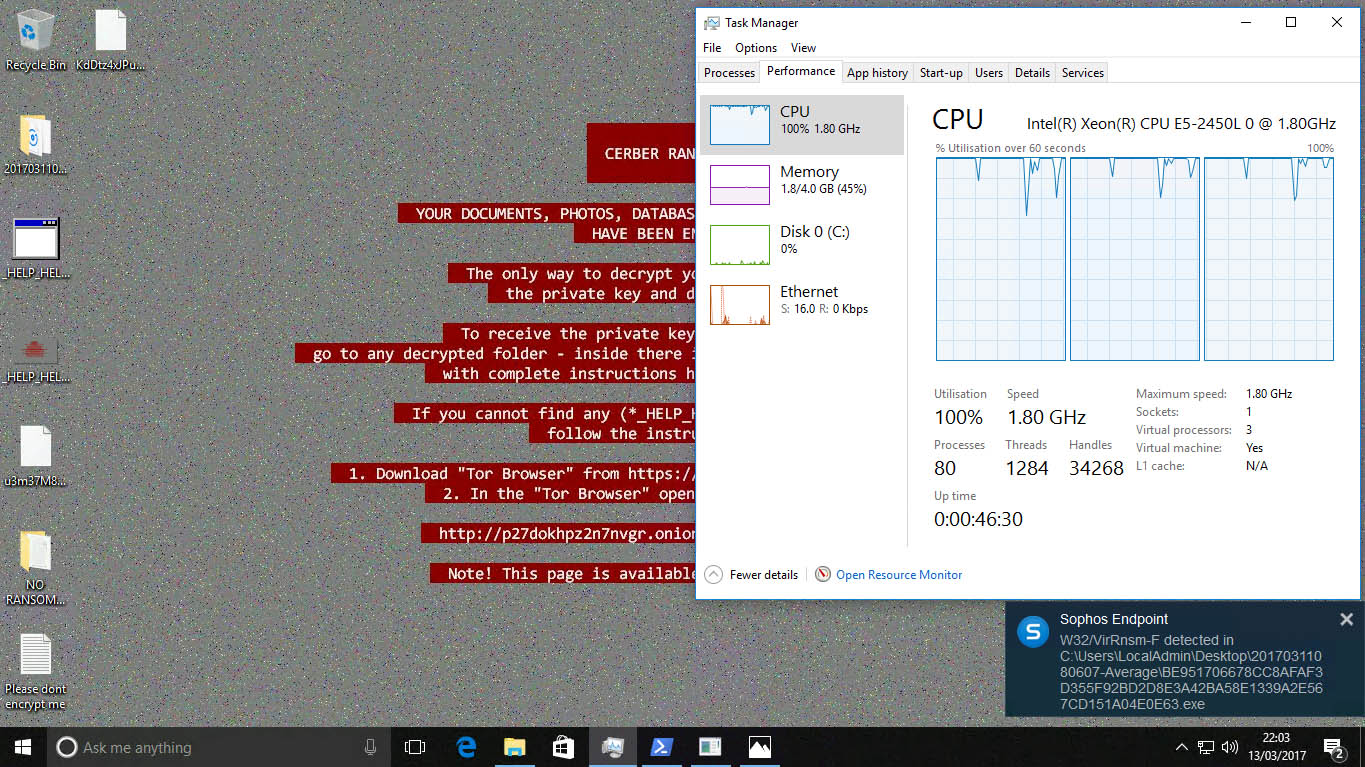

- #CYLANCE ANTIVIRUS BIG SUR HOW TO#
- #CYLANCE ANTIVIRUS BIG SUR FOR MAC#
- #CYLANCE ANTIVIRUS BIG SUR INSTALL#
- #CYLANCE ANTIVIRUS BIG SUR DRIVERS#
- #CYLANCE ANTIVIRUS BIG SUR UPDATE#
Here’s how to run Apple Diagnostics on an Intel Mac: Before running it, disconnect everything from your Mac, other than the mouse, keyboard, monitor, power, and Ethernet cable, if you’re using one. This may be the cause of your Mac’s kernel panics. If you want to manage your storage, click the Manage button Run Apple Diagnosticsįormerly known as Apple Hardware Test, Apple Diagnostics is a tool built into macOS, which tests for hardware problems. Click the Apple icon in the menu bar, and select About This MacĤ. Running your Mac with a full or nearly full system disk can cause stability issues, including kernel panic.ġ. You can delete login items manually or use something like MacKeeper to do it for you. It’s important to note that this list doesn’t include all startup processes, which can include LaunchAgents and LaunchDaemons. In System Preferences, open Users & Groups Here’s how to change login items in macOS:ġ. If that’s the case, you can stop it from automatically running, which might fix your kernel panic issue.

It’s possible an app is starting up with macOS and causing problems.
#CYLANCE ANTIVIRUS BIG SUR DRIVERS#
It starts macOS with only the drivers and apps it needs to run, so if you find your Mac’s kernel panics stop when you put your Mac in safe mode, there’s a good chance it’s the result of third-party software. Safe mode is a good way to check if your Mac has a software problem. With any luck, there’ll be some clues in these reports about what caused your kernel panic. The section after this tells you the backtrace information, where you can find out which thread crashed and the events that led to this.
#CYLANCE ANTIVIRUS BIG SUR FOR MAC#
Other reasons for Mac kernel panics include: But if a problem is significant enough, macOS might restart to protect your Mac. In many cases, these kinds of problems aren’t serious enough to cause a kernel panic, and your Mac just carries on working as normal. There are many reasons kernel panics happen on Macs. You can try each of MacKeeper’s tools one time fully for free, so it’s well worth giving it a shot.

#CYLANCE ANTIVIRUS BIG SUR INSTALL#
Install MacKeeper, and give it a go for yourself.
#CYLANCE ANTIVIRUS BIG SUR UPDATE#
You must already be running macOS Catalina to successfully update to 4.6.x.

The general recommendation is to first update your SentinelOne client to 4. Additional information, including details around support for Apple’s new M1 processor, can be found in the SentinelOne: FAQ on Big Sur Support knowledge base article. The install package is available through the SentinelOne management console for all campus SentinelOne Administrators. which is their GA client supporting Big Sur.


 0 kommentar(er)
0 kommentar(er)
